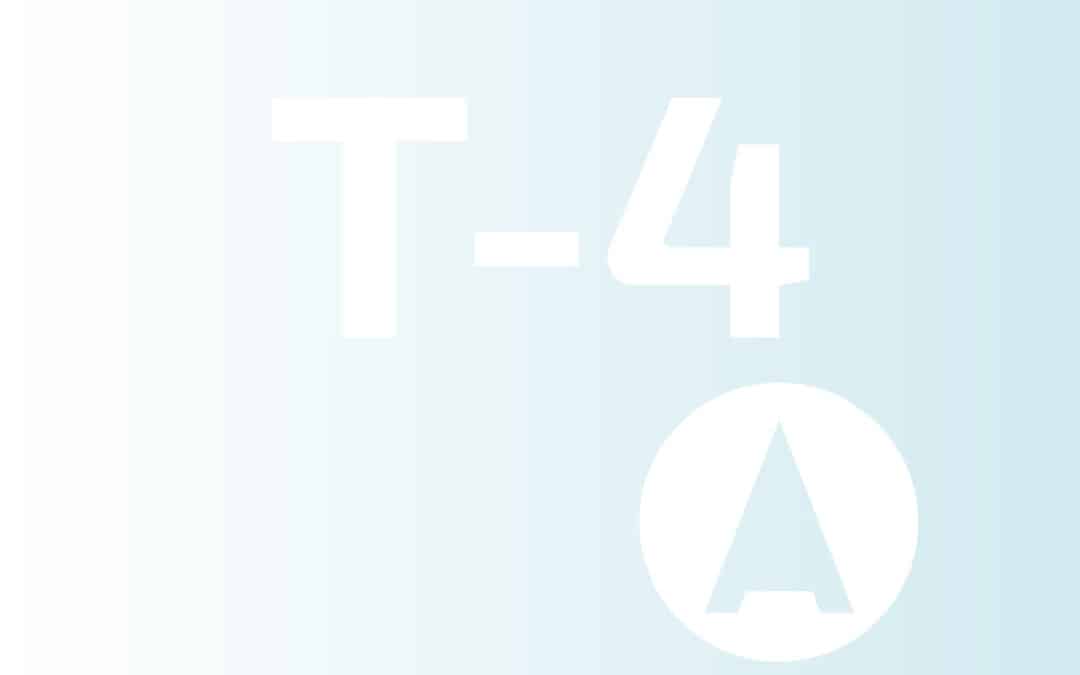2 topics for sustainability with the help of design software
As of January 1, 2023, an office building must have at least energy label C. This was already initiated in 2018, but from next year it will be an obligation. This means a primary fossil energy consumption of a maximum of 225 kWh per m2 GFA per year. If the building does not meet the requirements, it may no longer be used as an office from 1 January 2023. This obligation is set out in the Building Decree 2012. In order to comply with it, it will have to become more sustainable.
Around Earth Day on April 22 and World Ocean Day on June 8, NewArmstrong will delve into how we can make a difference in #sustainability in our field with 5 themes. This is part of the theme: software.
Making buildings more sustainable with an energy analysis
With software ( Autodesk Revit and GreenBuildingStudio) it is possible to make an energy analysis.
An energy model is a specific form of geometry in Revit . It is an abstraction of the overall shape of a building. It is based on three components:
spaces are volumes of air that can gain or lose heat. Heat can be obtained from sources in the room (lamps, heating, air conditioning) or through the facade.
-surfaces surfaces that can transfer heat and cold between spaces
-zones are groups of spaces that have a commonality, for example orientation, function or similar technology
An energy model can be used to carry out an optimization study for the building shape and materialization that is part of the design process. This can be known at an early stage with volume studies, as well as in a further elaborated phase such as shape and size. The outcome of an energy analysis is, for example, adjusting the building shape in the sketch design phase to change the insolation or heat loss. At a later stage (Preliminary Design or Final Design_ it can also mean that the facade construction or materialization must be changed in order to limit heat losses or to limit heating by sunlight. This means that an energy analysis at a later stage is not ‘too late’: it serves a different purpose early in the process than it does late in the process. It is true that early in the process offers the best guarantees for a good result.
Power analysis and light calculation.
By using lighting calculations and lighting plans produced in Dialux (such as this project in Mall of the Netherlands together with Lixero ) not only can we create good lighting plans with the right level of light, it is also a tool to control the right ratio of light output to power per m2. This is a good step towards sustainability.
Especially when this is a specific requirement for a sustainability label such as #BREEAM, it is necessary to perform this analysis and optimize the lighting plan. This also means fitting the mounting height into the design: the amount of light on a base decreases squarely with the mounting height. The required power thus increases inversely proportionally.
If the power is too high compared to the requirements, it is therefore important to look at the mounting height in the plan. A good optimization can often be achieved there.
Step-by-step plan to label C
What if you don’t yet have a sustainability label C and you have to work towards it?
- Step 1: The first step is an analysis or tailor-made advice. Through a thorough analysis of the possible measures and the opportunities that a building offers, we can arrive at the right design proposals.
- Step 2: exploring the financial arrangements and programmes: a contribution can often be found in making the business more sustainable, so that the Business Case leads to a positive result more quickly.
- Step 3: is to implement the measures. A major renovation or adjustment is not always necessary. Sometimes an adjustment in use is enough. If a renovation is necessary, we can advise and process this in drawings so that a permit can be applied for.
- Step 4: Request a new energy label. An energy advisor can draw up and issue a new energy label.
^Justus Slaakweg

























